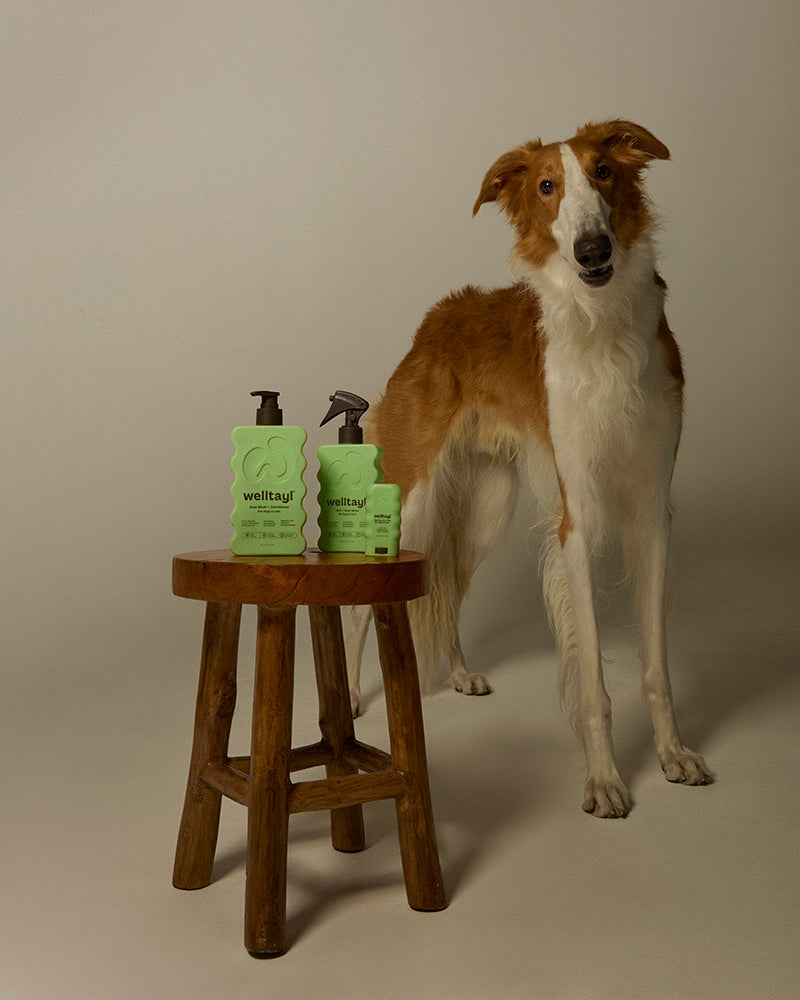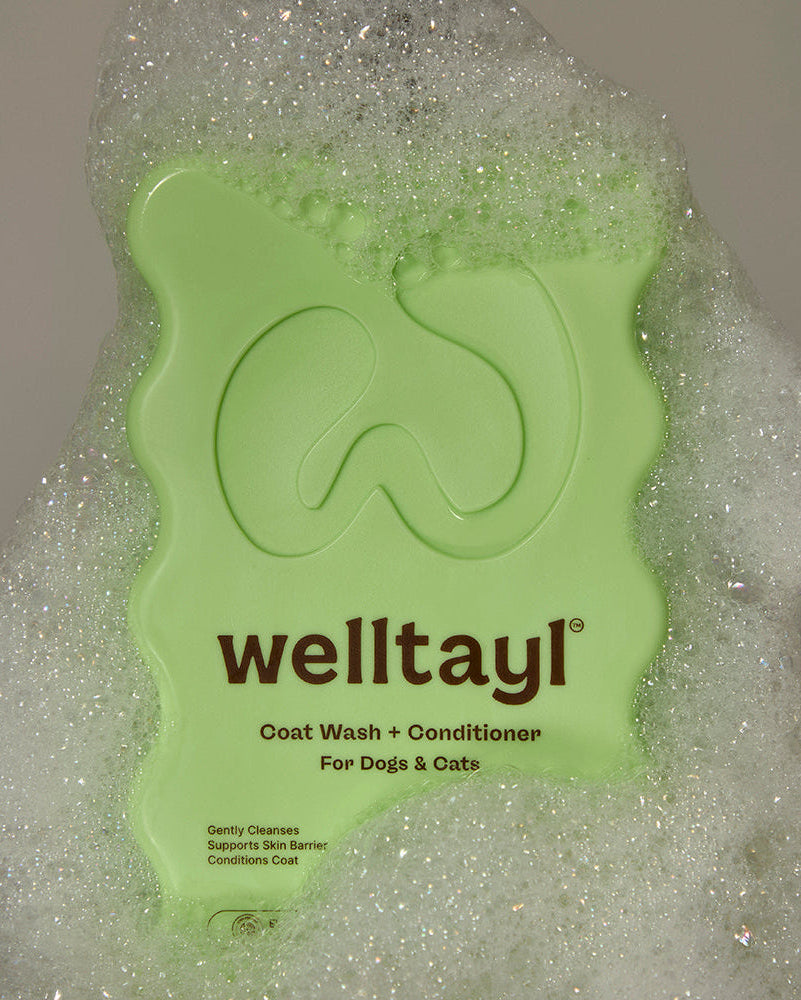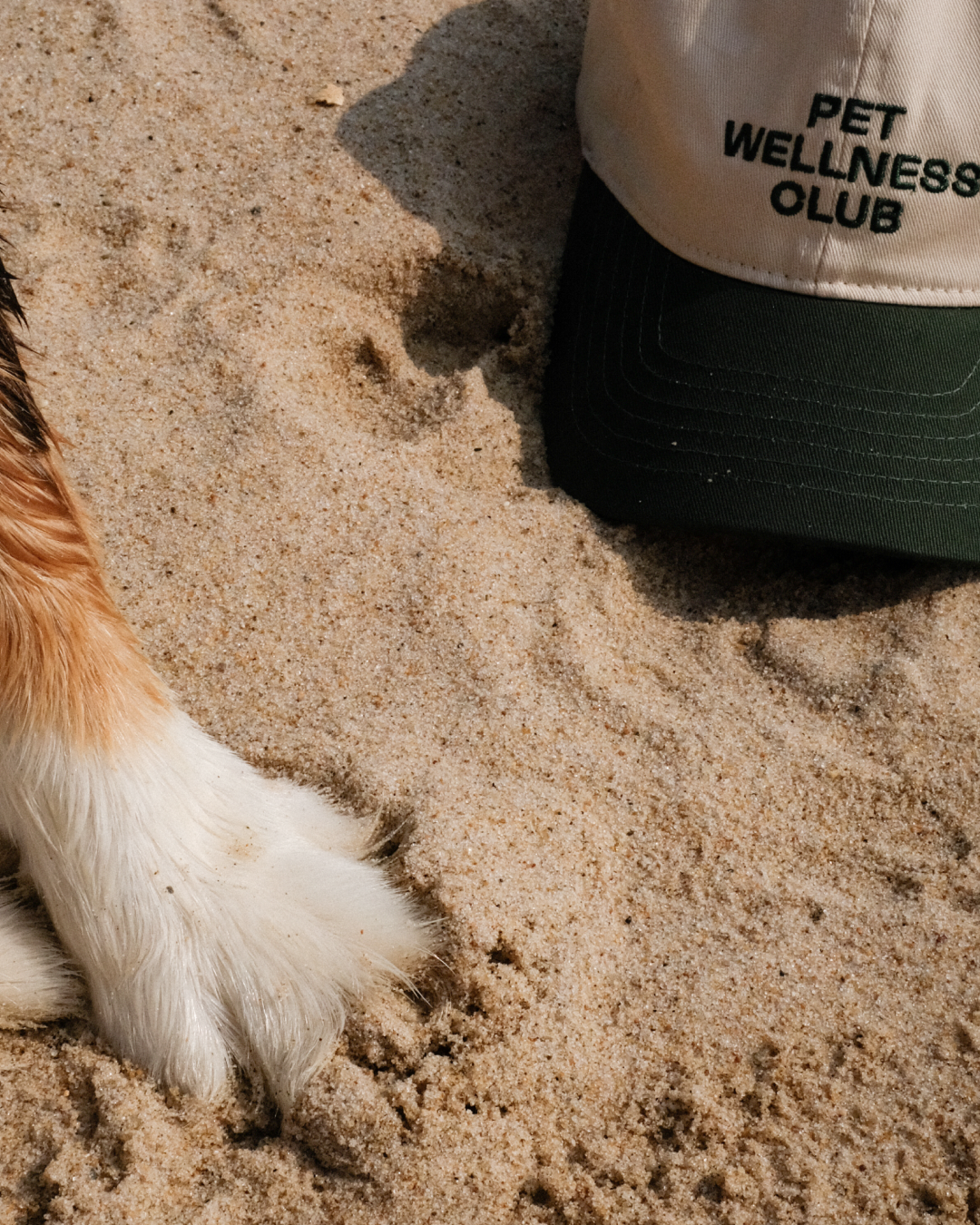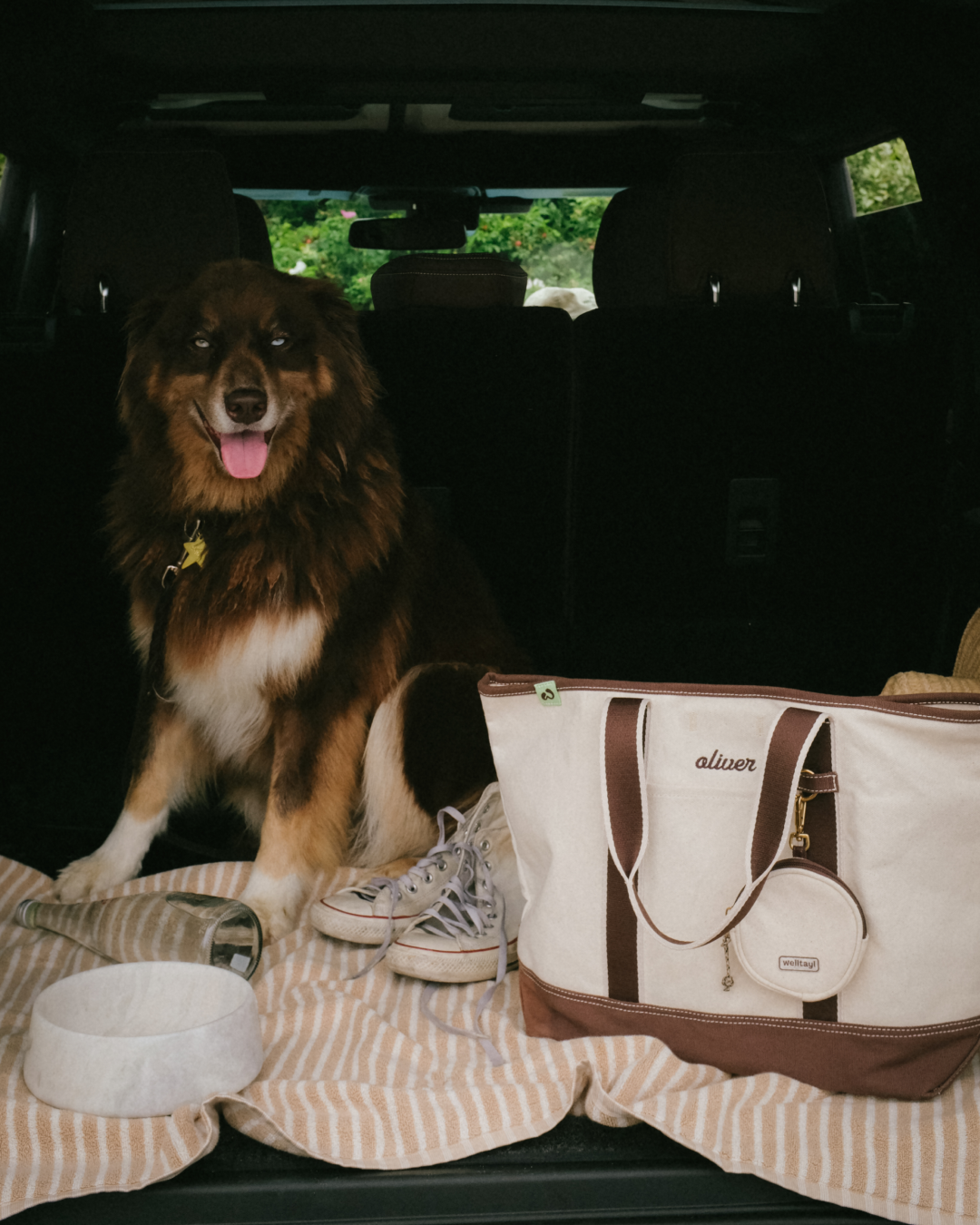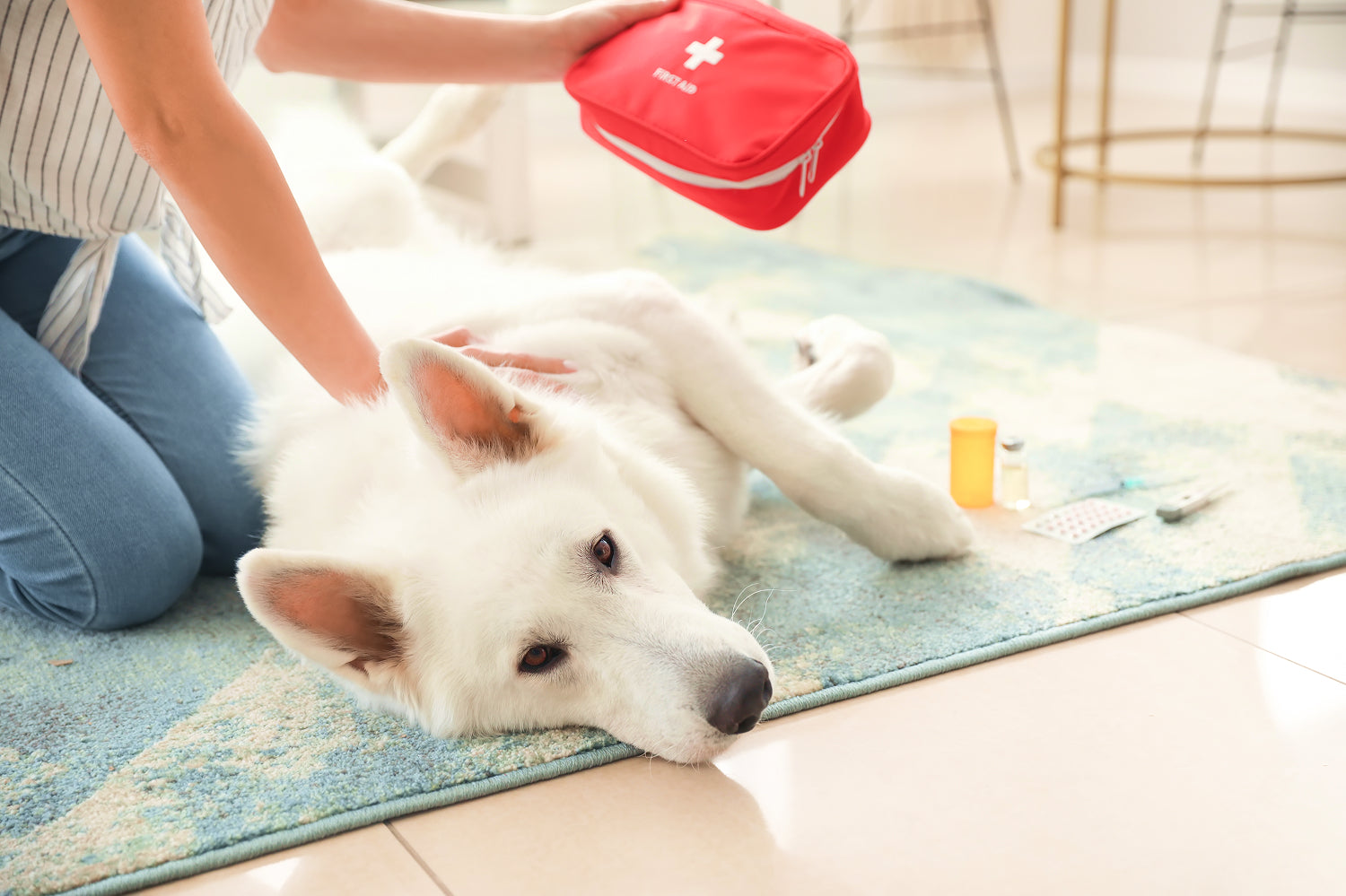Imagine your dog gets hurt while playing fetch or exploring the backyard. Knowing some basic first aid for dogs can make a big difference and might even save your pet's life. Whether it's a minor cut or something more serious, being prepared helps you stay calm and act quickly.
We’ll cover how to handle common emergencies like choking, bleeding, and even broken bones. It's not just about having the right supplies; it's about knowing what to do when every second counts.
Table of Contents:
- Key Takeaways
- What Needs to Be in A Dog First Aid Kit
- Basic First Aid Procedures for Dogs
- 11 Common Dog Emergencies and How to Handle Them
- When and How to Perform CPR on Dogs
- Recognizing and Treating Shock in Dogs
- Conclusion
- Frequently Asked Questions
Key Takeaways
-
💢 Essential First Aid Knowledge: Understanding basic first aid for dogs, including treating bleeding, broken bones, and choking, can save your pet's life during emergencies.
-
🩹 Dog First Aid Kit Essentials: A well-stocked kit should include gauze, bandaging material, antiseptics, a thermometer, and other items like tweezers, scissors, and a muzzle.
-
✍️ Handling Common Emergencies: Learn specific techniques for dealing with injuries or conditions such as external and internal bleeding, fractures, burns, poisoning, and heatstroke.
-
❗️ Performing CPR on Dogs: Recognize when to perform CPR and follow proper steps—establish an airway, check for breathing, administer chest compressions, and provide rescue breaths.
-
🥵 Recognizing and Treating Shock: Early identification and treatment of shock, including maintaining calm, providing warmth, and monitoring vital signs, are crucial for your dog's survival.
What Needs to Be in A Dog First Aid Kit
Prepare for your dog's potential emergencies with a well-stocked first aid kit. Include essential items for cleaning, bandaging, and other medical needs.
Gauze and Bandages
Carry gauze pads and rolls for cleaning and dressing wounds. Use non-stick bandages to avoid pulling on fur. Secure everything with adhesive tape on the outside.
Wound Cleaning and Disinfecting
Keep mild pet-friendly antiseptic for washing wounds. Store a 3% hydrogen peroxide solution for inducing vomiting if a vet suggests it, but avoid using it to clean wounds.
Thermometer and Lubricant
Have a digital thermometer for checking your dog's temperature. Use lubricant like KY jelly for rectal thermometer use.
Miscellaneous
Include tweezers for removing ticks, splinters, and small objects. Scissors help cut bandages or gauze. A muzzle prevents biting during stressful or painful situations. Use a flashlight or headlamp to examine eyes or wounds. Wear latex or nitrile gloves to protect your hands. Keep instant cold packs handy for bruises or swelling.
Basic First Aid Procedures for Dogs
Knowing basic first aid procedures for dogs helps you handle emergencies effectively. Follow these steps to ensure the safety and well-being of your furry friend.
Securing the Dog
-
Keep Calm and Assess the Scene: Ensure your safety and your dog's safety by checking for any additional threats. Keep the dog warm, quiet, and still, especially if there are signs of trauma, broken limbs, or neurological symptoms.
-
Transporting the Dog: Use a suitable carrier or makeshift stretcher made from a rigid material like wood. For small dogs, use a carrier or a strong cardboard box. For larger dogs, use a blanket or coat to gently move them into the carrier or onto the makeshift stretcher.
Assessing the Dog’s Condition
-
Check for a Pulse and Breathing: If the dog is unconscious and not breathing, feel for a pulse, if you do not find one, begin chest compressions after confirming their airway is clear.
-
Check for Airway Obstruction: Clear the mouth and throat of any obstructions like vomit, saliva, or foreign objects. Be cautious, as the dog may bite in panic.
Providing Emergency First Aid
-
Control Bleeding: Apply pressure using gauze or a clean cloth directly on the wound. Elevate the bleeding limb, if possible, and keep the dog calm.
-
Treating Shock: If your dog shows signs of shock like weakness or rapid breathing, keep them warm and quiet. Elevate their hindquarters slightly by using a pillow or folded blanket.
-
Broken Bones and Sprains: Immobilize the area by wrapping it with a bandage or using a splint. Avoid moving the injured limb excessively to prevent further damage.
-
Provide Relevant Information: When calling the vet, provide important details such as the dog's symptoms, any first aid provided, and estimated arrival time. This helps the veterinary team prepare for your dog's arrival.
-
Follow Vet's Instructions: Follow any specific instructions given by the vet on the phone. They may guide you on additional steps to take during transport.
Remember, being prepared and knowledgeable about first aid procedures increases the chances of positive outcomes in emergencies involving your dog. First aid is for the purpose of stabilization before you can get your dog to the vet and is not intended to replace proper diagnosis and treatment by a trained veterinary professional.
Want to learn more about helping better your dog's life? Join the Welltayl newsletter for expert tips and health related knowledge for your dog! Sign up today.

11 Common Dog Emergencies and How to Handle Them
Knowing how to handle common dog emergencies can save your pet's life. Learn specific approaches for each type of emergency to be prepared when it matters most.
1. External Bleeding and Open Wounds
Clean the wound with a mild antiseptic and apply a bandage. Consult a vet if bleeding can't be stopped or if the wound is severe. Keeping a basic first aid kit with gauze and bandages on hand is critical.
2. Internal Bleeding
Keep the dog calm and reduce movement. Contact a vet for specific first aid advice and arrange for immediate transport to the hospital. Symptoms might include pale gums, bruising and weakness.
3. Road Accidents
Approach the dog cautiously as shock may cause unpredictable reactions. Lift the dog onto a blanket for safe transport to the vet. Avoid excessive movement to prevent further injury.
4. Seizures
Move the dog away from objects that could cause injury and put a soft material under their head to avoid additional trauma during a seizure. Contact a vet for guidance, and transport the dog to the hospital if necessary. Do not attempt to restrain the dog. Reduce stimulation by turning lights off and keeping sound to a minimum.
5. Fractures and Broken Bones
Immobilize the affected limb using a makeshift splint if possible. Transport the dog carefully to the vet without letting it use the injured limb. Avoid manipulating the fracture.
6. Burns
Flush the burned area with cool, not cold, water for several minutes. Avoid applying ice directly to the burn. Cover the area with a sterile bandage or clean cloth and contact a vet promptly.
7. Poisoning
Identify the substance ingested and contact a vet or pet poison control immediately. Do not induce vomiting unless instructed by the vet. Bring any packaging of the substance to the vet for identification.
8. Choking
Check the dog's mouth for visible objects and remove them if you can do so safely. Perform the heimlich maneuver similar to how to would in a human, by applying firm pressure on the abdomen up under the ribcage. Contact a vet immediately.
9. Allergic Reactions
Monitor for symptoms like facial swelling, hives, repeated vomiting and difficulty breathing. Administer an antihistamine if advised by a vet, and transport the dog to the hospital for further evaluation and treatment.
10. Vomiting and Diarrhea
Ensure your dog stays hydrated. Withhold food for 12 hours, then reintroduce a bland diet. If symptoms persist for more than 24 hours or are severe, take your pet to the vet.
11. Heatstroke
Move the dog to a cool environment and apply cool, wet towels and put them in front of a fan. Avoid using ice-cold water. Offer small amounts of water to drink and contact a vet immediately. Maintain calm to avoid stress.
For more information on your dog and tips on keeping your dog not only safe but healthy, join the Welltayl newsletter! It’s easy and full of vet-approved knowledge and useful advice for dog lovers like you.

When and How to Perform CPR on Dogs
When to Perform CPR on Dogs
Perform CPR on dogs if they:
-
Stop Breathing: CPR is necessary if your dog is unconscious and not breathing. This action restores oxygen flow to vital organs and the brain.
-
Have No Pulse: Begin CPR if you can't detect a heartbeat or pulse. This step keeps blood circulating throughout the body.
How to Perform CPR on Dogs
-
Establish an Airway:
-
Pull the tongue out of the mouth carefully and examine the airway for any obstructions or foreign material.
-
Extend the head and neck to align them in a straight line.
-
Check Breathing:
-
If the dog isn't breathing, try gently pumping the chest with the palm of your hand.
-
Feel for a heartbeat or pulse just behind the elbow.
-
Begin Chest Compressions:
-
Place one hand over the other on the widest part of the chest for larger dogs, or directly over the heart for small dogs.
-
Compress the chest firmly, aiming for about 1/3 to 1/2 of the chest's depth. Aim to perform 100–120 compressions per minute.
-
Provide Rescue Breaths:
-
Close the dog's mouth and cover the nose with your mouth.
-
Blow into the nostrils until the chest rises. Give10 breaths per minute.
-
Continue CPR:
-
Alternate between 30 chest compressions and 2 rescue breaths.
-
Check for breathing and pulse every 2 minutes; if absent, continue CPR until professional help arrives or the dog starts breathing.
CPR Success Rate
Remember that CPR's success rate in dogs varies and is generally lower than in humans. Always contact a veterinarian immediately after starting CPR for further instructions and support.
Recognizing and Treating Shock in Dogs
Recognizing Shock
Shock in dogs is a critical condition needing immediate care. It happens when the circulatory system fails to deliver enough blood and oxygen to the organs. Recognizing symptoms early can save your dog's life.
Symptoms:
-
Pale gums
-
Rapid or weak pulse
-
Rapid breathing
-
Low blood pressure
-
Confusion or lethargy
-
Cool extremities
-
Decreased urine output
-
Increased heart rate
Causes:
-
Trauma (e.g., car accidents)
-
Severe bleeding
-
Infections (e.g., sepsis)
-
Heart conditions
-
Allergic reactions
-
Poisoning
Treating Shock
Treating shock promptly is crucial for your dog's survival. Follow these steps for immediate intervention.
-
Call a veterinarian or emergency animal hospital for guidance.
-
Transport your dog to an emergency vet immediately.
-
Keep the dog calm and quiet to reduce stress.
-
Provide a warm, comfortable environment to maintain body temperature.
-
Monitor vital signs closely (e.g., heart rate and breathing).
Conclusion
Knowing first aid for dogs can make a significant difference in emergencies. With the right knowledge and tools, you're better equipped to handle situations like choking, bleeding, or shock. Always keep a well-stocked first aid kit and stay calm to ensure the best possible outcome for your furry friend. Remember, your preparedness and quick action can save your dog's life.
Stay Updated with More Pet Knowledge!
For more pet info and knowledge, consider signing up for the Welltayl newsletter. It's packed with helpful advice tailored for pet owners like you, ensuring your furry friends stay healthy and happy. Sign up today and keep up to date with the latest in pet care.
Frequently Asked Questions
What first aid can you use on dogs?
Gauze pads, gauze bandages, and medical tape are essential items in a dog first aid kit. These can be used as a protective covering over cuts, scrapes, and abrasions. Always consult a veterinarian to see if bandaging is advisable for any wound.
How to treat an injured dog at home?
Clean your dog's wound regularly. Wound care for a dog requires cleaning dog wounds and re-dressing them daily. It is best to have the wound evaluated by a vet initially. Cover the wound with a dressing, get vet care if needed, follow the veterinarian's instructions carefully, and monitor the wound and your dog's overall condition. Antibiotics may be necessary for certain wounds.
What first aid ointment is safe for dogs?
Several ointments are safe and effective for treating minor wounds on dogs:
-
Sulfodene Ointment: This is specifically designed for dogs to relieve pain and inflammation of minor scrapes or abrasions.
-
Medical-Grade Honey Ointments: These have antibacterial properties and can aid in wound healing.
Can you use human first aid on dogs?
A first aid kit designed for humans will be helpful for dogs in many medical emergencies, however additional aspects need to be considered; they may need to be muzzled to prevent biting as they may be painful or stressed.
Can I use Neosporin on my dog?
Neosporin can be used safely in dogs if ingestion is avoided, but it is not labeled for pets so is best to use under a vet’s guidance.
Can you use a human bandage on dogs?
Yes, you can use human bandages on dogs, but there are some considerations:
- Non-Stick Bandages: Use non-stick bandages or gauze to prevent irritation to the dog's fur.
- Proper Fit: Ensure the bandage is not too tight to avoid restricting blood flow.
- Secure with Pet-Safe Tape: Use pet-specific adhesive tape to secure the bandage, as regular tape may cause skin irritation.
- Monitor for Chewing: Dogs may try to chew or remove the bandage, so consider using an e-collar to prevent this.
Resources:
Read more
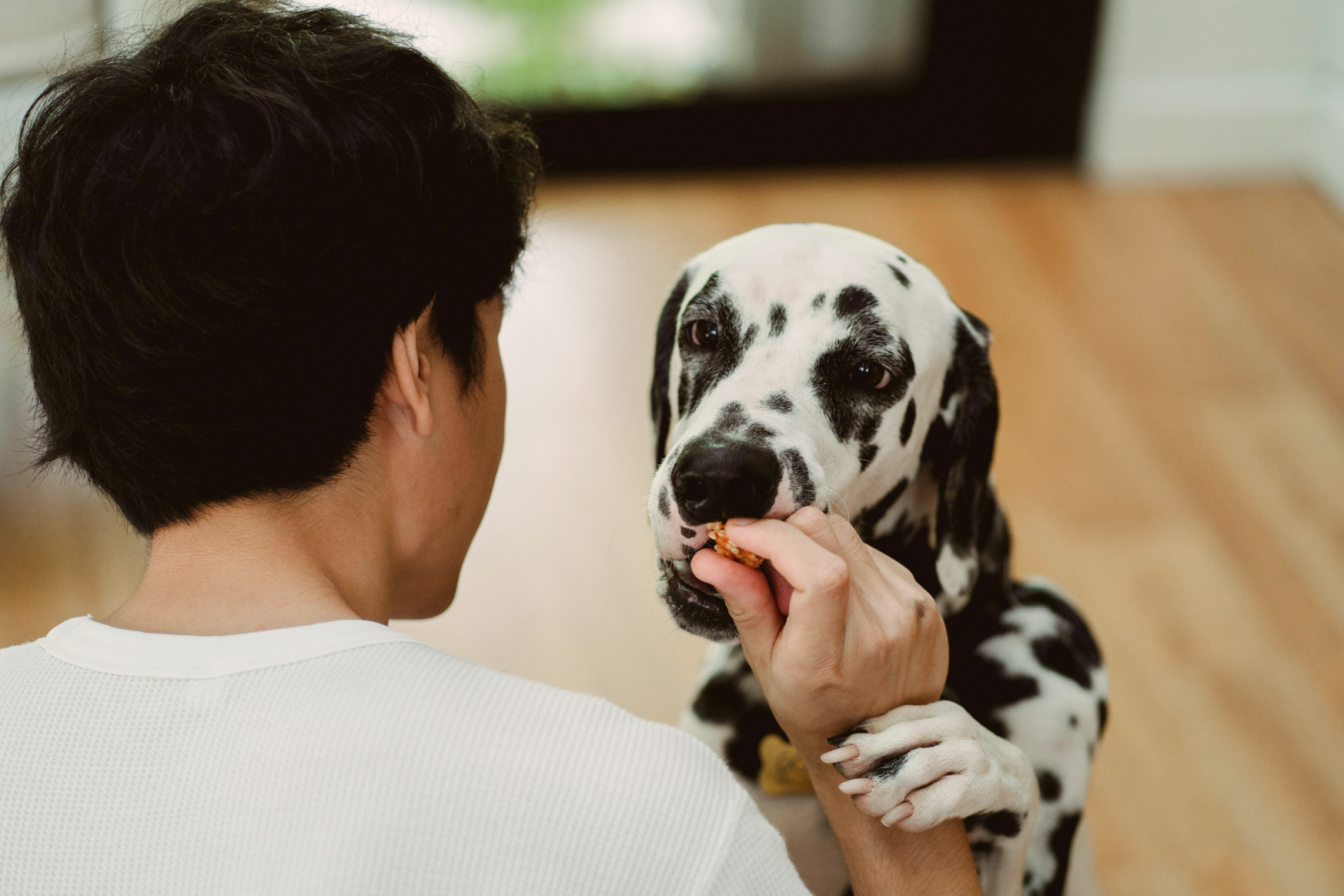
Discover the best dog diet for health, energy, and happiness. Learn about balanced nutrition, portion control, diet types, and common mistakes to avoid.

Discover reasons for excessive cat meowing, from health to behavior. Get expert advice and calm your cat today—read our full guide now!



